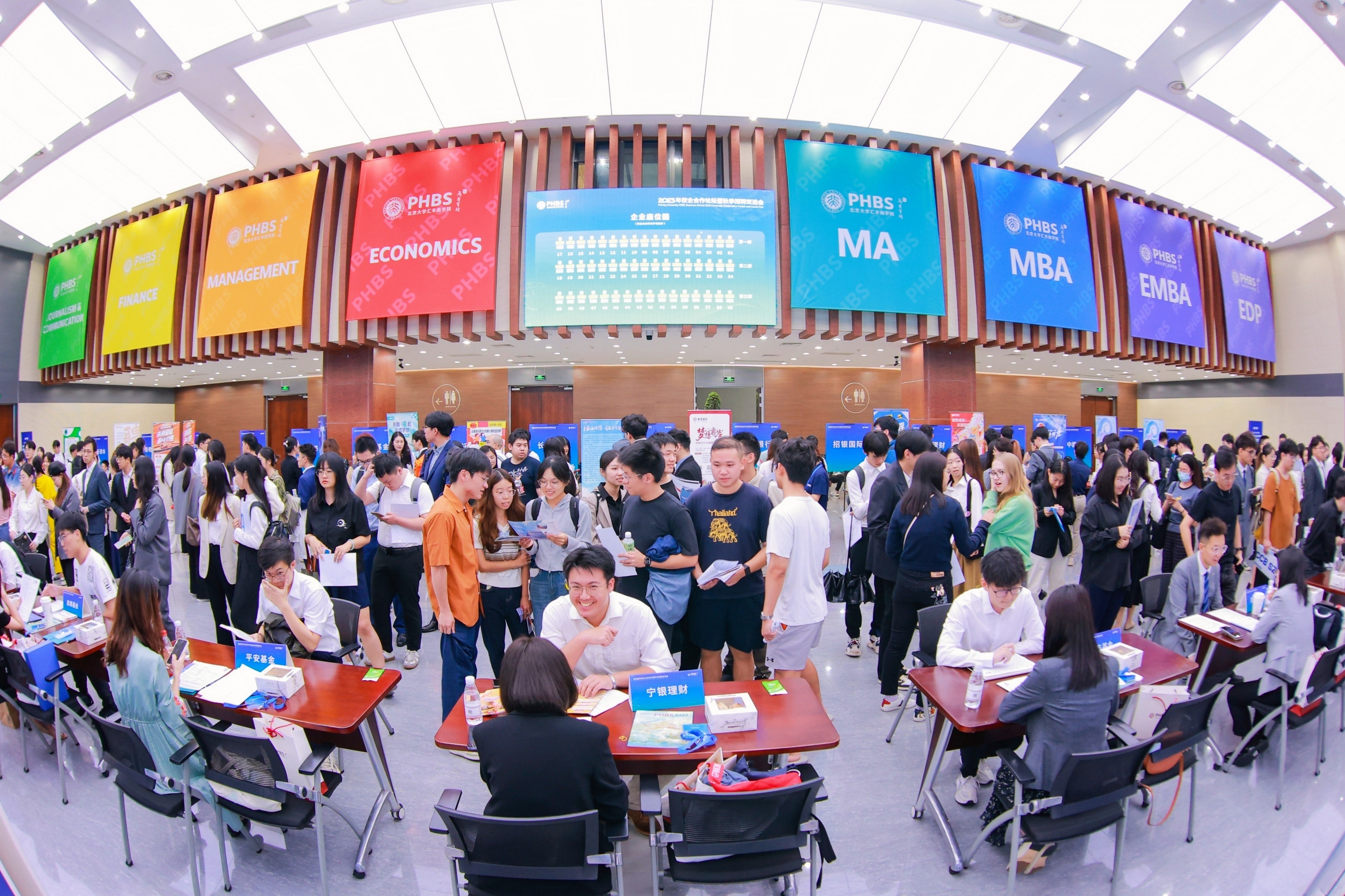Editor’s Note: With regard to technological revolution and structural transformation, PHBS Associate Professor Seungjoon Oh shared his insights in artificial intelligence and machine learning at the "One-Belt One-Road" International Youth Leaders Forum. He further probed the potential impact on various aspects of our lives and elaborated on what companies should prepare for in the upcoming AI era.
We are living in a time of remarkable technological advancements, and AI and Machine Learning are at the forefront of this revolution, reshaping our world. These technologies have the potential to profoundly impact various aspects of our lives, including the way we work, communicate, and make decisions. One area where this impact is particularly significant is in structural transformation – the process by which economies and industries undergo profound changes.With the advent of OpenAI’s ChatGPT, public interest in AI is growing, and changes in business models and working methods are actively underway. AI is considered as the 3rd generation revolution that will create fundamental changes, coming after the Internet and mobile revolutions.

ChatGPT proves excellent performance in understanding questions and generating answers. In the past, AI could only perform specific tasks with explicit input from humans, secure "correct" data (called labeling), and provide guidelines for task performance by experts in each area. However, with technological advances, it has evolved into AI with understanding and inference capabilities, requiring minimal guidance to arrive at the "correct answer" as if it was human, and learning to derive "correct answers" based on relationships, contexts between data, as well as rules/patterns for task execution.
AI continues to expand rapidly. We expect that the ChatGPT syndrome will usher in a full-fledged AI era. However, The GPU layer has only big tech companies due to high computing resource issues; competition is very fierce at the foundation model layer for developing massive AI engines where OpenAI, Microsoft Turing, and Google AI are competing; and more startups will compete at the AI model-based service application layer. The latter layer needs tight integration with models to build high-performance apps and requires considerable complexity. Generative AI funding in 2021-22 was about $3B, but the emergence of ChatGPT has sparked wider interest.
So, what should companies do to prepare for the upcoming AI popularization era? One perspective is operational excellence, focusing on using AI within the enterprise to improve operational efficiency, reduce costs, and save time through AI-based task automation. Indeed, AI can support decision-making through modeling and optimization, enhance corporate productivity, and strengthen business competitiveness as a co-pilot.
A second perspective is becoming an industry game-changer. Companies can attempt to combine their products and services with AI, grafting generative AI into their operations to expand the producers and suppliers of goods/services from enterprises to the public. This could lead to changes in the company-customer relationship and present new opportunities for disruptive innovation.
Several companies are already embracing generative AI as a game-changer. For example, Roblox is developing an AI Assistant for creating 3D objects in the Metaverse platform, which generates and provides code that implements 3D objects using only natural language commands. Bloomberg has developed Bloomberg GPT, a large-scale language model specialized in finance, which handles various data-based tasks in the financial field such as writing market reports and analyzing financial statements. These examples demonstrate the transformative potential of generative AI in various industries.
However, there are still some limitations to current generative AI. Firstly, there is a computing resource issue. AI training and data processing require tens of thousands of GPU semiconductor chips and the construction of separate data centers. Secondly, the acquisition of high-quality learning data for large language models (LLMs) is a challenge. And thirdly, there are significant operating costs associated with AI systems. Furthermore, it is also crucial for companies to be aware of the significant risks associated with generative AI before adopting the technology.

As we embrace the potential of AI and Machine Learning, we must address the challenges and risks that come with them. Ethical considerations, such as bias and fairness in algorithms, privacy concerns, and transparency in decision-making, must be at the forefront of our discussions. We must ensure that the benefits of these technologies are accessible to all and that their deployment aligns with our social values and human rights.
Introducing an AI risk management system and governance mechanism is essential to acquire and sustain the potential of AI while building an AI system that fits the purpose and values pursued by the company. In conclusion, AI, ChatGPT, Machine Learning, and structural transformation are intertwined forces shaping our future. As young leaders, you have the opportunity to connect these technologies to create positive change, foster innovation, and drive the "One-Belt One- Road" initiative forward.

By Seungjoon Oh
Published in the PHBS Magazine Fall 2023


















